目次~Table of Contents
Location and History
Ruins with some features of later Castles
Yoshinogari Ruins were a large-scaled moat settlement in the Kyushu Region. The settlement prospered from around the 4th Century B.C. to around the 3rd Century during the Yayoi Period. People usually do not call the ruins “castle”, but they had some features which are found in Japanese castles later. That’s why the Japan Castle Foundation designated the ruins as one of Japan’s top 100 castles.
The location of the ruinsUntil about 3,000 years ago, during the period known as the Jomon Period, Japan had a warmer climate than now and abundant natural food. People at that time basically were able to live by hunting and gathering at the same place for a long time. However, in the late Jomon Period, the climate cooled down, making it difficult for people to earn a living easily. People had to move around to get enough food while coastlines expanded where the offing used to be. It is said these changes encouraged people to start farming on the newly created alluvial plains.
Climate Change and Beginning of Yayoi Period
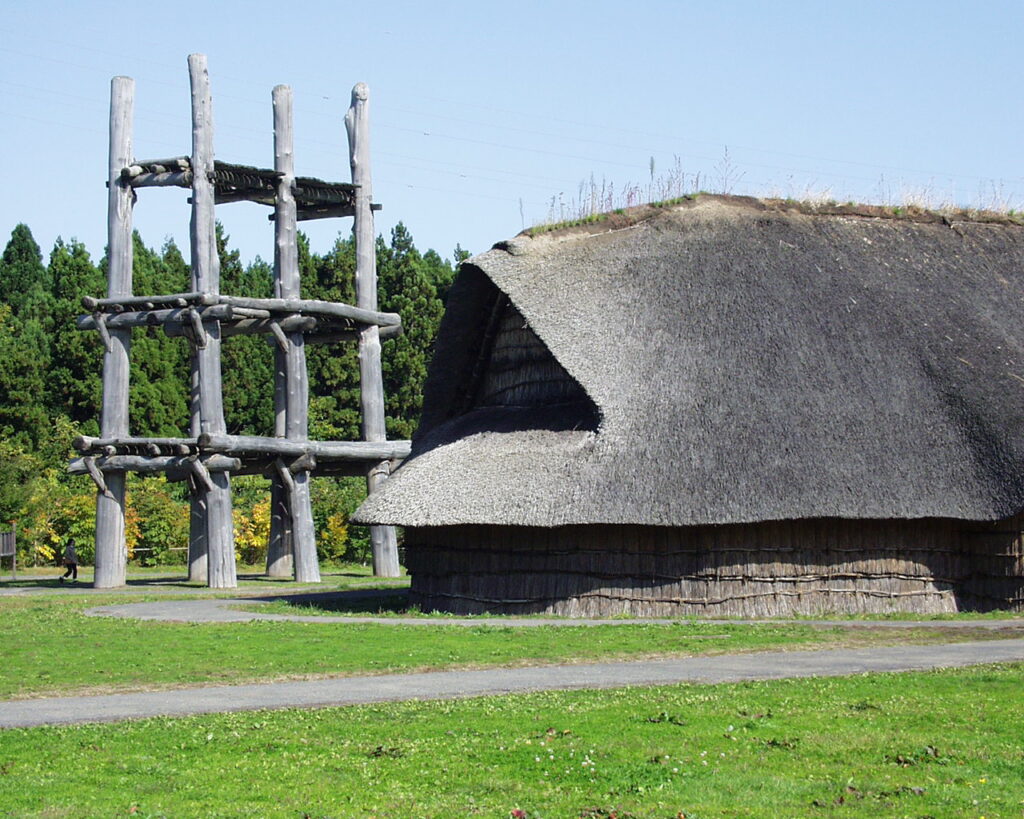
The situation was similar to overseas, especially, the climate change was also said to have a big impact on the Chinese History such as the Spring and Autumn period and the Warring States period. The social structures and technologies greatly improved during these periods. Some of the new technologies were introduced to the Kyushu Region via the Korean Peninsula sometime from the 10th to 5th Centuries B.C. Among them, there were the three typical items: the paddy cultivation, the use of weapons, and the circular moats. This is recognized as the start of the Yayoi Period according to many historians.
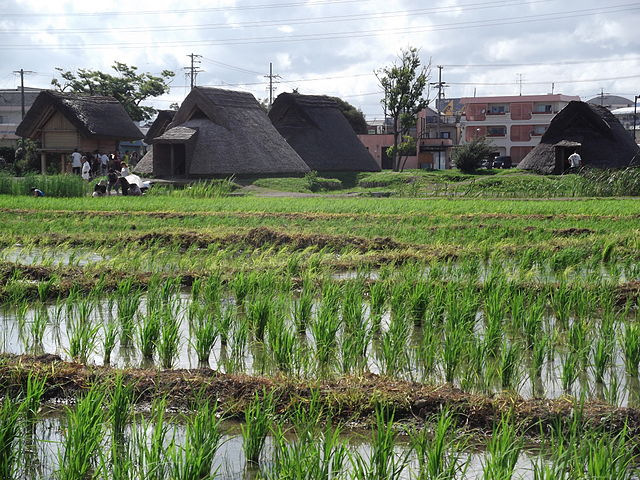
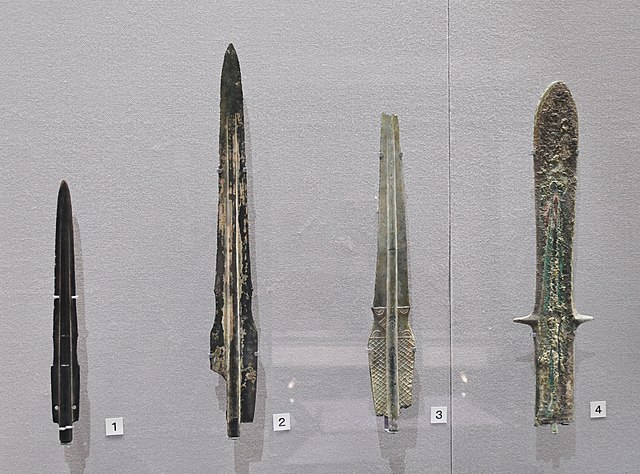
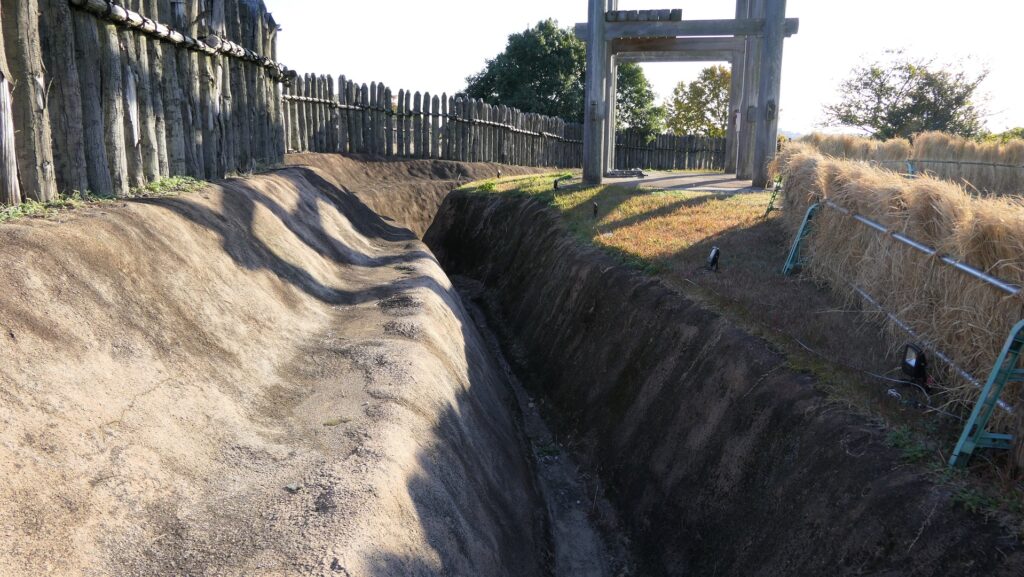
These three items were related to each other. Farming needs socialization, making people live in one settlement. If the people wanted to expand their farms, their territory would collide with another settlement’s territory. This would also cause a conflicts or battles, leading to the use of weapons. Then, they would also need to protect themselves from attacks from others and to prevent their properties from being taken or stolen. As a result, they would surround their settlement by building circular moats with fences. Historians call them Moated Settlements, which is one of the typical features of the Yayoi Period.
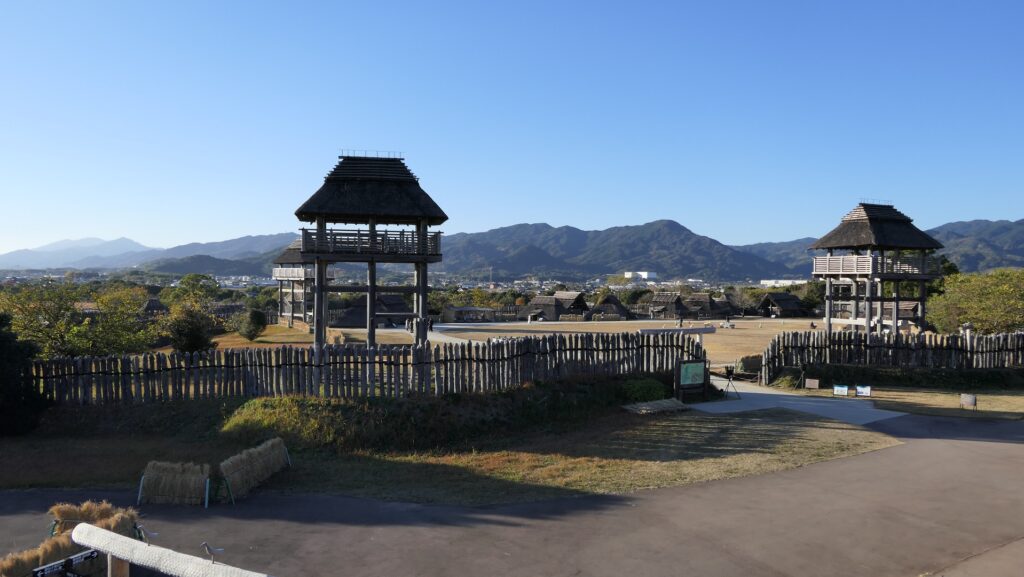
Appearance of First Countries
Socialization and surviving battles required strong leadership. As time passed, some excellent leaders appeared, and their settlements and territories became larger and larger. They might have been called the first kings with their territories also being called the first countries. In the northern part of the Kyushu Region around the 1st Century, there were several great countries such as the Country of Na, which sent an envoy to China. Yoshinogari was one of the great countries in the region.
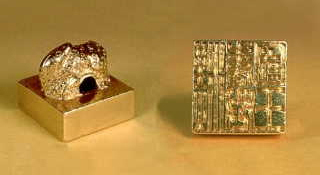
According to the description of the Gishi-wajin-den — the history of Japan around the 3rd Century, written in China — there was a country called Yamatai governed by a queen. The country was established when many smaller countries made peace and united after they often battled each other. The queen, called Himiko, governed the united countries by making decisions like a shaman. She lived in the palace of the capital, which also had turrets and fences with soldiers to protect it.

Large-scaled Moat Settlement
Meanwhile, Yoshinogari settlement was at its peak in the same 3rd Century with its an estimated population of about 5,000. The moats surrounding it were built doubled, and their perimeter reached 2.5 km. In fact, Yoshinogari Ruins is the only site ever discovered in Japan which had a set of a palace, turrets and fences like Yamatai Country. However, it is still not quite uncertain where the country was because there are too many possible sites for it. It can be said that so far, Yoshinogari Ruins clearly show us what the countries in the Yayoi Period looked like.
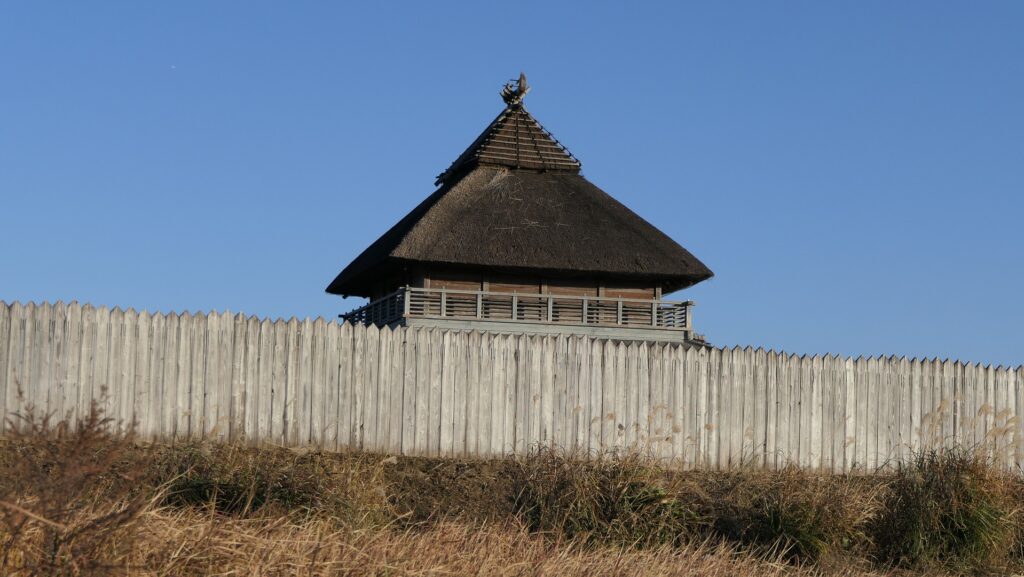
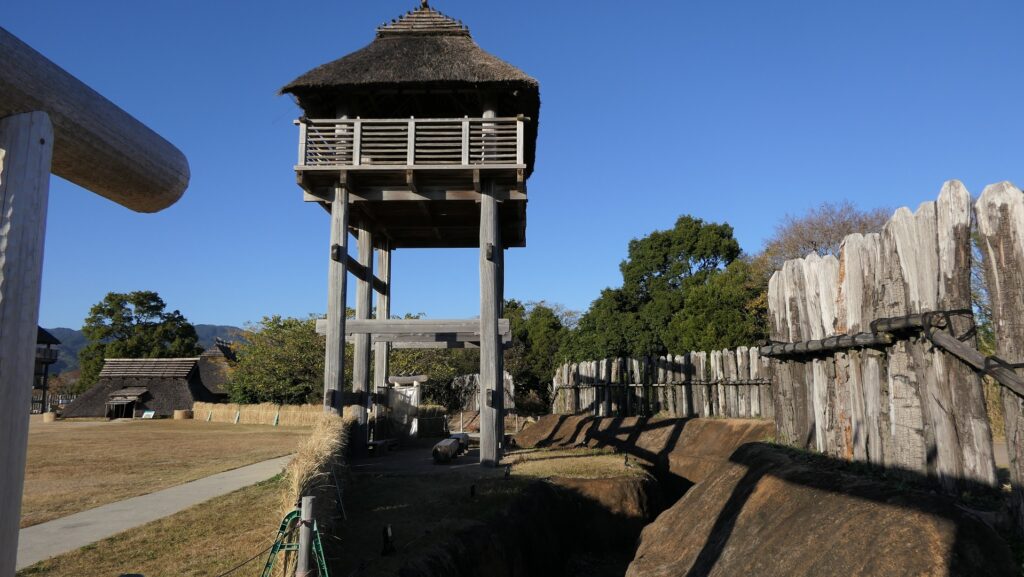

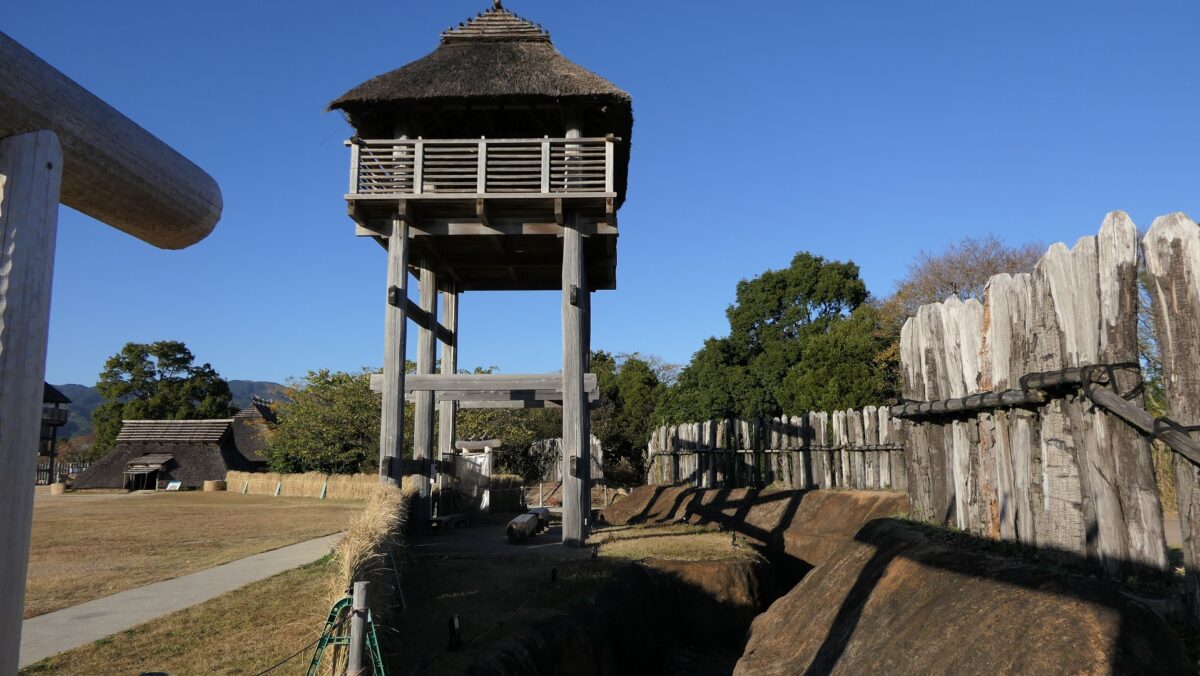
「88.Yoshinogari Ruins Part1」への2件のフィードバック